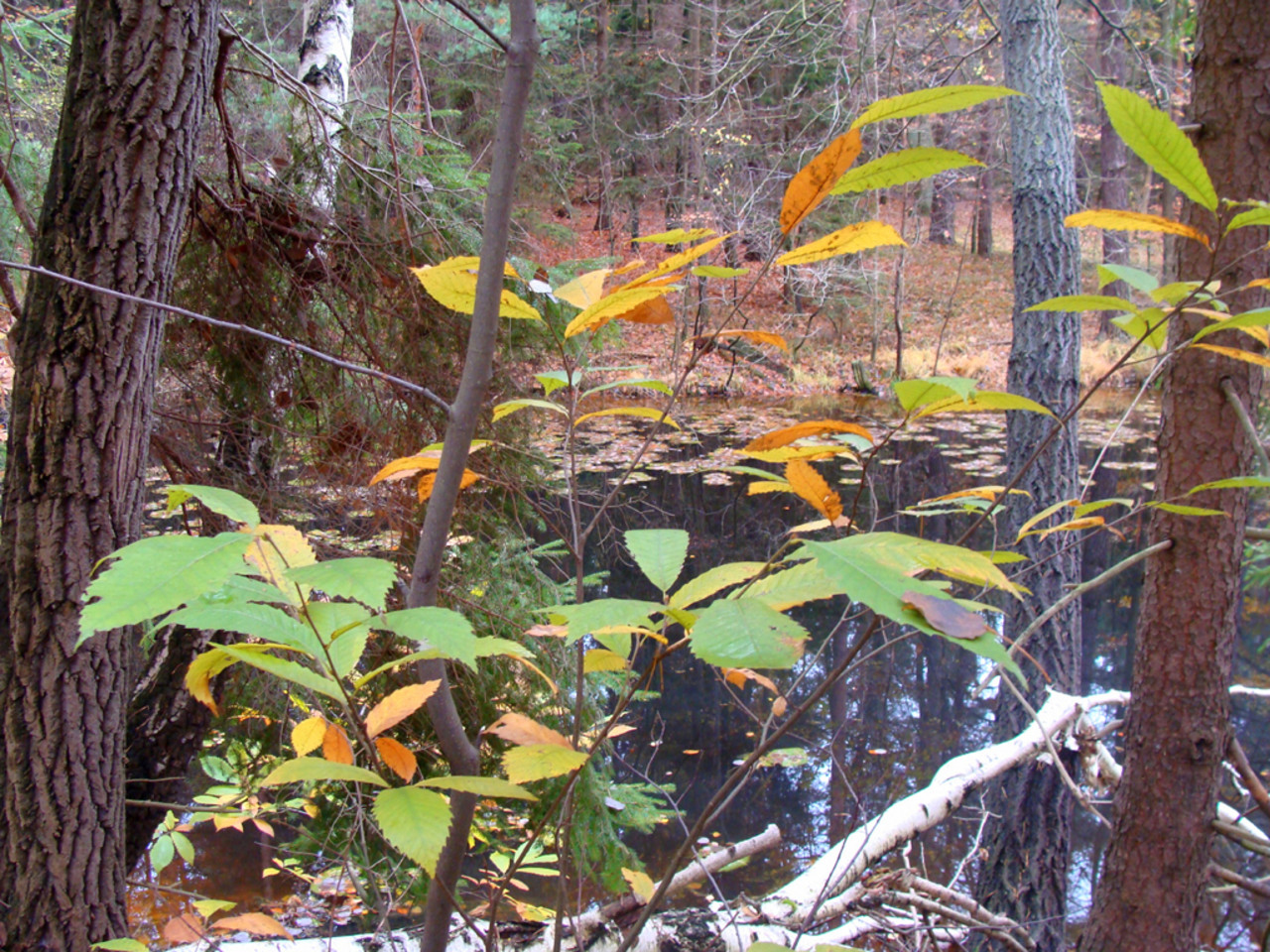Über mich
Wine Tasting
What is the that means of wine tasting?
Wine tasting is a sensory exercise that includes the evaluation of wine via varied features. It engages your senses to understand and identify the distinctive traits and qualities of various wines.
- Sight: Observing the color, clarity, and viscosity of the wine.
- Smell: Swirling the wine in a glass to launch its aromas after which inhaling to establish completely different scents.
- Taste: Taking a sip to explore the flavors, textures, and stability of the wine.
- Finish: Noting the aftertaste and 하이오피 how long the flavors linger on the palate.
Overall, wine tasting is not just about ingesting wine but involves a deeper appreciation of its complexities and subtleties.
Steps in Wine Tasting
- Preparation: Gather the mandatory instruments - wine glasses, palate cleansers, and a notepad if desired.
- Examine: Observe the wine’s look within the glass.
- Swirl: Gently swirl the wine to expose it to air.
- Smell: Bring the glass to your nostril and take a deep inhale.
- Taste: Sip the wine and let it coat your palate.
- Reflect: Take notes and share your impressions.
Wine tasting can be a enjoyable and academic expertise, whether carried out alone or with others, and allows people to develop their palate and respect the variety of wines available.

What is the method of wine tasting?
Wine tasting is an art that includes a structured approach to savoring the complex flavors, aromas, and textures of wine. Below is a methodical way to conduct a wine tasting:
1. Look
Begin by inspecting the wine in your glass. Hold it in opposition to a white background to watch its color and clarity. Take note of the wine's viscosity, which may point out its physique.
2. Swirl
Gently swirl the wine within the glass. This motion releases the wine's aromas. It allows oxygen to interact with the wine, enhancing its fragrance.
3. Smell
Bring the glass to your nostril and inhale deeply. Try to establish totally different aromas. They can range from fruity, floral, natural, to earthy notes. This step is essential because the sense of odor performs a major role in taste notion.
4. Taste
Take a small sip of the wine, allowing it to coat your palate. Focus on its flavors, acidity, sweetness, tannin ranges, and body. Consider how these elements balance and interact with each other.
5. Evaluate
Finally, replicate on the wine’s total profile. Assess the finish — how long the flavors linger after swallowing. Think in regards to the wine's complexity and whether or not you enjoyed it.
By following this technique, you'll have the ability to improve your wine tasting expertise and develop a deeper appreciation for various wines.
How to understand wine tasting?
Grasping the art of wine tasting involves understanding the sensory features of wine and refining your palate. Here are some steps that can assist you discover methods to style wine effectively:

1. Prepare Your Environment
- Choose a well-lit area to watch colour.
- Ensure the house is free from strong odors that might interfere along with your tasting expertise.
2. Use the Right Glassware
Using a correct wine glass helps in concentrating the aromas. Opt for a glass that is clear and has a tulip form.
3. Observe the Wine
- Visual Assessment: Hold the glass towards a white background to see the wine's color and readability.
- Swirling: Gently swirl the wine to release its aromas.
4. Smell the Wine
Take a second to inhale the aromas. Try to identify completely different scents.
- Fruits, spices, herbs, and other aromatic notes can be detected.
- Focus on both the initial aromas and people who emerge after swirling.
5. Taste the Wine
- Initial Taste: Take a small sip and let it sit in your tongue.
- Identify Flavors: Try to pinpoint the flavors you expertise.
- Texture and Body: Consider whether or not the wine is mild, medium, or full-bodied.
6. Evaluate the Finish
Take notice of the aftertaste. A longer finish is usually an indicator of a better quality wine.
7. Take Notes
Recording your thoughts on totally different wines might help refine your palate over time. Include:
- Wine name and vintage
- Aroma and taste notes
- Overall impression, including mouthfeel and finish
8. Practice Regularly
The extra you taste, the higher you will become at identifying totally different characteristics in wine. Join wine tasting occasions or create your personal tastings with friends.
With time and expertise, you will develop a deeper understanding and appreciation of wine. Happy tasting!
Ort
Beruf




